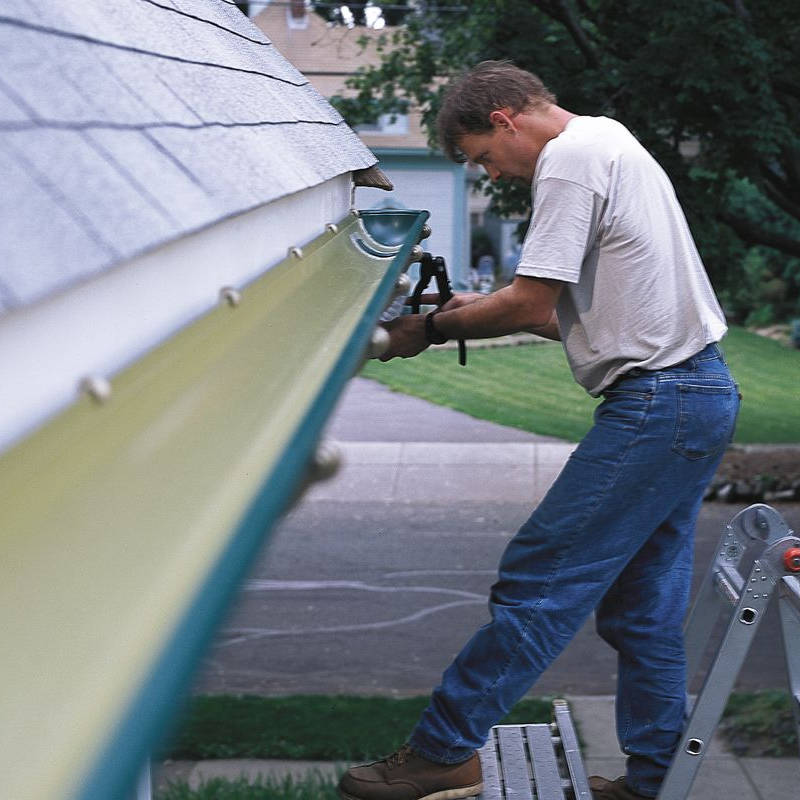However for gutters to function correctly they require a slight slope called a pitch which causes rainwater to flow to the downspouts.
Gutter pitch problems.
Eliminate the problem by tying a rope onto one of the gutter hangers and running it down into the downspout.
To correct this yourself you ll need to measure from the peak to the downspout.
If the gutter is tilting away from your house it could be causing an overflow particularly during heavy storms.
If the slope is slanted too sharply the gutters can t function at full capacity.
Yard slope or pitch the majority of drainage problems are usually caused by an inadequate pitch or slope in your yard which prevents water runoff from being diverted away from the house.
When the water can t pass through properly it can start to cause problems with your foundation.
The amount of collected water increases until it spills over the sides of the gutter.
The most common problem we see with gutters is clogging.
Gutters not draining or clogged gutters.
How to adjust a gutter s pitch.
If the gutter slope isn t properly positioned it will pool in the system and spill over the sides.
If gutters are not sloped enough the water will simply pool in the gutters and eventually spill over their sides.
Technically speaking the slope also called the pitch of the gutters is the amount by which the gutters slant downward along the path of the water flow.
An incorrect slope can cause substantial gutter system malfunction.
Gutters need to be pitched toward the downspouts for the water to flow properly.
If there s standing water it s not pitched properly.
The pitch of gutter heading towards a downspout can also cause overflow if it s too steep.
Inadequate or improper gutter slope.
Get on a ladder after a rainstorm and look in the gutter.
Drops of water will cling to the rope instead of plummeting the whole length of the downspout and causing that loud dripping noise.
The general rule is to slope the gutters at 1 4 th inch per.
When gutters become clogged they can t drain properly and can start to overflow during rainstorms.
The gutter slope also called the pitch is the amount the gutter tilts down to let rainwater flow out of it.
You want at least a quarter inch of slope for every 10 feet.
The gutter slope is essential to the overall functioning of the system and an incorrect slope can cause a myriad of problems.
The gutter slope otherwise known as the pitch is the amount the gutters slant downward to direct the path of water flow.
Improperly sloped gutters will not empty properly and in heavy rain are likely to overflow.
If gutters slope too severely they don t hold water and water could splash over the sides in heavy rain.
Since gutters settle as screws and brackets loosen it s a good idea to periodically check the pitch of the gutters and adjust them if needed.
And the issue is often complicated by downspouts on the residence that do not pipe away the rain gutter water from the property.

